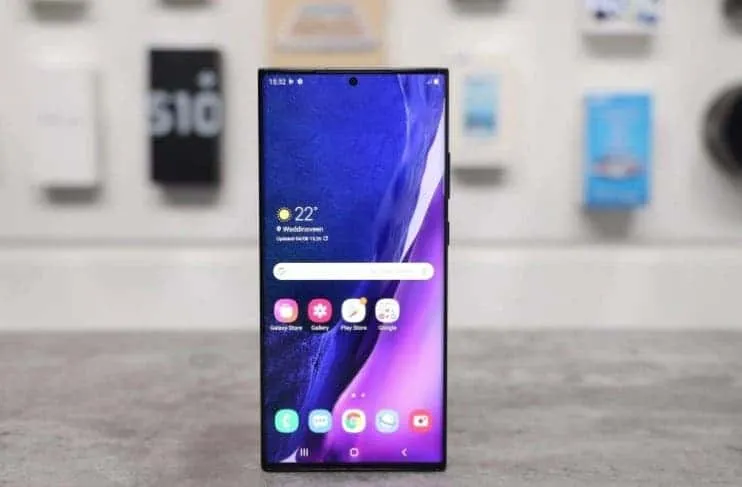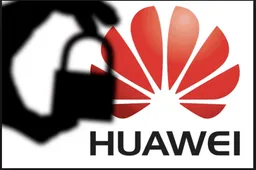Samsung Galaxy Note 20 Ultra Has Better 120Hz Screen Than Galaxy S20
SamsungTuesday, 18 August 2020 at 08:31

The Samsung Galaxy S20 series and the Galaxy Note 20 Ultra come with a 120Hz refresh rate display. But they achieve this high refresh rate in very different ways. These phones use Super AMOLED display technology. But you should also know that the Galaxy Note 20 Ultra uses an LTPO backplane. It can achieve a variable refresh rate and has higher energy efficiency. In actual use, Sammobile learned that the Galaxy Note 20 Ultra is ‘more elegant’ than the S20 series in processing 120Hz.
Also Read: Galaxy Note 20 Ultra And Z Fold 2 Are The First Phones With The Adaptive High Refresh Rate
Whether it is Galaxy S20, Galaxy S20 + or Galaxy S20 Ultra, when the battery power of the phone drops to 5%, the phone will automatically switch from 120Hz to 60Hz. Similarly, if the hardware reaches a certain temperature, it will drop to 60Hz. This is done to prevent battery drain and overheat. But the same situation does not completely apply to the Samsung Galaxy Note 20 Ultra and its 120Hz mode.

Samsung uses the aforementioned LTPO energy efficiency improvements. As long as the user sets the Samsung Galaxy Note 20 Ultra to run at a refresh rate of 120Hz, even after the battery drops to a certain level, the phone will not automatically switch back to 60Hz. This could be done manually by the user. The refresh rate continues to run until the user changes the setting, or until the phone reaches a certain temperature.
The Samsung Galaxy Note 20 Ultra, like the Galaxy S20 series, also has a temperature protection mechanism. It prevents the phone from overheating. A lower refresh rate will help in lowering the temperature. Even so, compared with the Galaxy S20 series, the Samsung Galaxy Note 20 Ultra seems to be able to continue to use 120Hz at slightly higher temperatures.
Sammobile tested the 120Hz display mode on the Galaxy S20 Ultra and Galaxy Note 20 Ultra to determine how high the temperature they can reach before falling back to 60Hz. The result is: Once the former reaches 40 degrees Celsius, it will automatically switch from 120Hz to 60Hz. The Galaxy Note 20 Ultra does not switch back to 60Hz until it reaches 43 degrees Celsius or higher.
All in all, for the Galaxy Note 20 Ultra, 120Hz does not seem to be a problem at higher temperatures. Although it is only a few degrees Celsius, it is better than nothing. In addition, the phone will not switch back to 60Hz when the battery is low.
Popular News
Latest News
Loading

